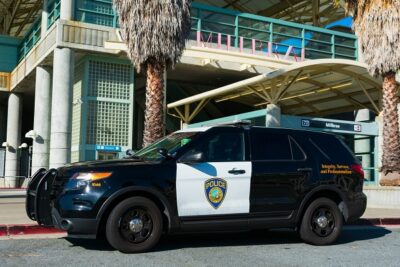San Francisco Eastern Neighborhoods Plan passes – finally
By Matt Regan
There is an old military adage, “the first casualty of any battle is the plan”. This would appear to be true in the battle to rezone San Francisco’s Eastern Neighborhoods, a vast swathe of the city stretching from the South of Market to Potrero Hill and the Mission. In the 10 years of fighting over what should be allowed to be built in this part of San Francisco, any semblance of the original plan has long since disappeared and what remains is a patchwork quilt put together by every single issue pressure group who expressed an opinion.
On December 9, 2008 after over 10 years of meetings, hearings, disputes, threats and counter threats the San Francisco Board of Supervisors finally approved a plan that will allow developers to begin entitling dozens of bottled up projects that may bring as many as 7500 new housing units to the area, provided of course the developers haven’t either died of old age, completely lost interest, or more likely lost financing for their projects in the interim.
The approval of the plan is a phyrric victory; yes we will see a lot of new housing construction and yes we will see new neighborhoods grow out of what are currently vacant lots or obsolete industrial buildings, but at what cost?
One of the most vocal interest groups in this process were those seeking to protect the remaining vestiges of San Francisco’s 19th century industrial blue collar character. They successfully pushed for large chunks of the Eastern Neighborhoods to be zoned “PDR” or Production, Distribution and Repair and strictly off limits to housing. While we agree that there is a need for such industrial activities we are not convinced that they got the mix right and that too much land was zoned for industries that have left the city never to return. As one observer noted, “zoning so much land for PDR is like zoning for gold mines, its nothing more than naïve wishful thinking.”
Perhaps the biggest flaw in the whole plan is the complete lack of consideration given to transit oriented development opportunities. San Francisco proudly declares itself to be a “transit first” city yet through this whole planning process height limits along Mission Street, arguably San Francisco’s most integrated transit corridor with MUNI, SamTrans, and BART, were cut to the point where they are currently lower than height limits adjacent to suburban BART stations. This however pales in comparison the missed opportunities along the 3rd Street Light Rail line.
The $800 million 3rd Street Light Rail was opened two years ago with much fanfare. It was designed to connect the Bayview neighborhood to the rest of the city and service the new Mission Bay life sciences hub and eventually connect to a central subway running all the way to Union Square and Chinatown. For over two miles this jewel in MUNI’s crown traverses the eastern neighborhoods, and for the forseeable future it will traverse a part of the city where nobody lives. Bowing to pressure from the PDR lobby, planners zoned almost all of the 3rd street light rail line off limits to new housing construction.
While we are happy to see this bureaucratic bottleneck finally break, and that development will finally be allowed to proceed, we are concerned that when reality finally dawns on San Francisco and the city comes to the understanding that this region still faces a chronic housing shortage and a huge housing/jobs imbalance, it might be too late to do anything to recapture missed Eastern Neighborhoods opportunities and help solve some of these problems.





